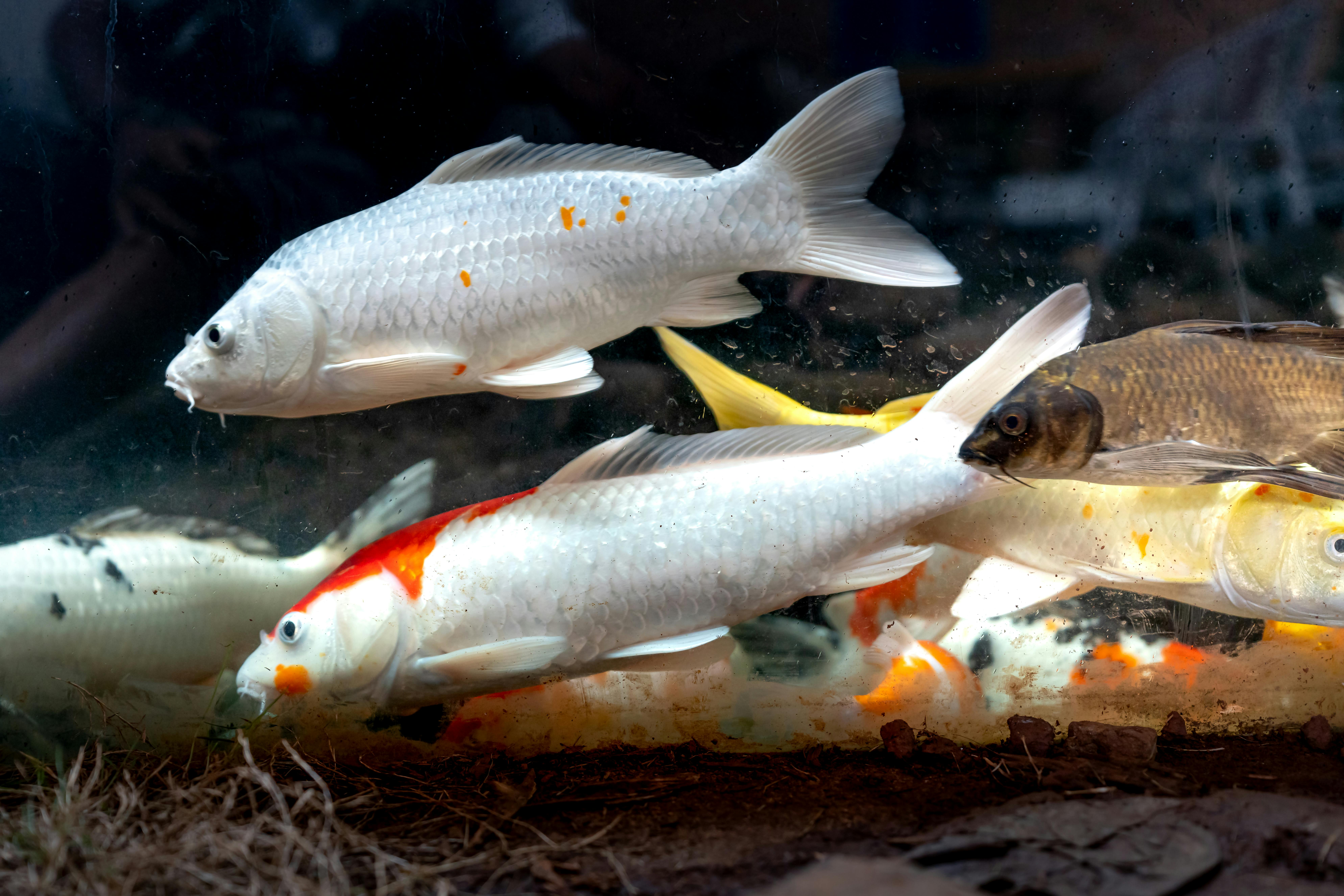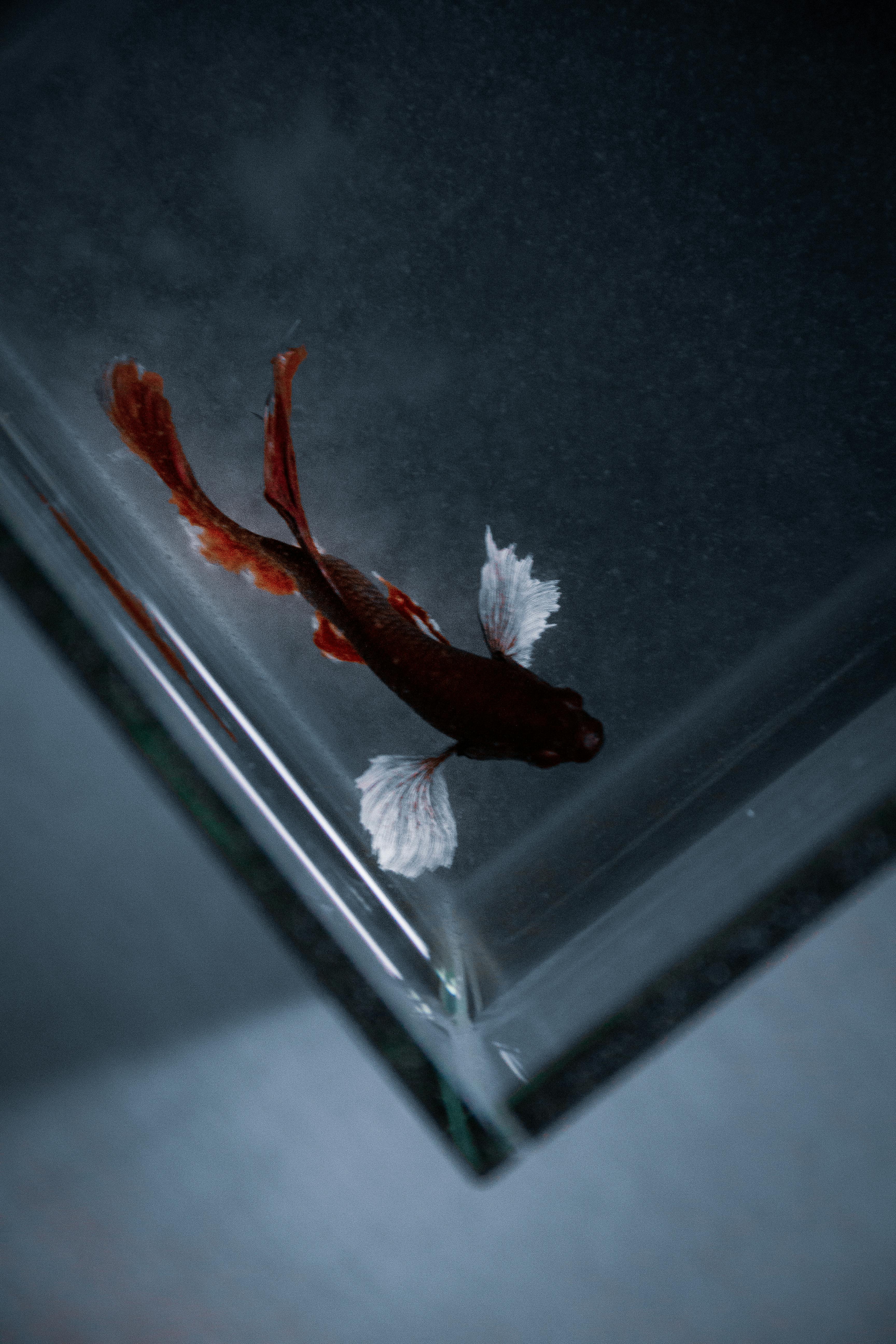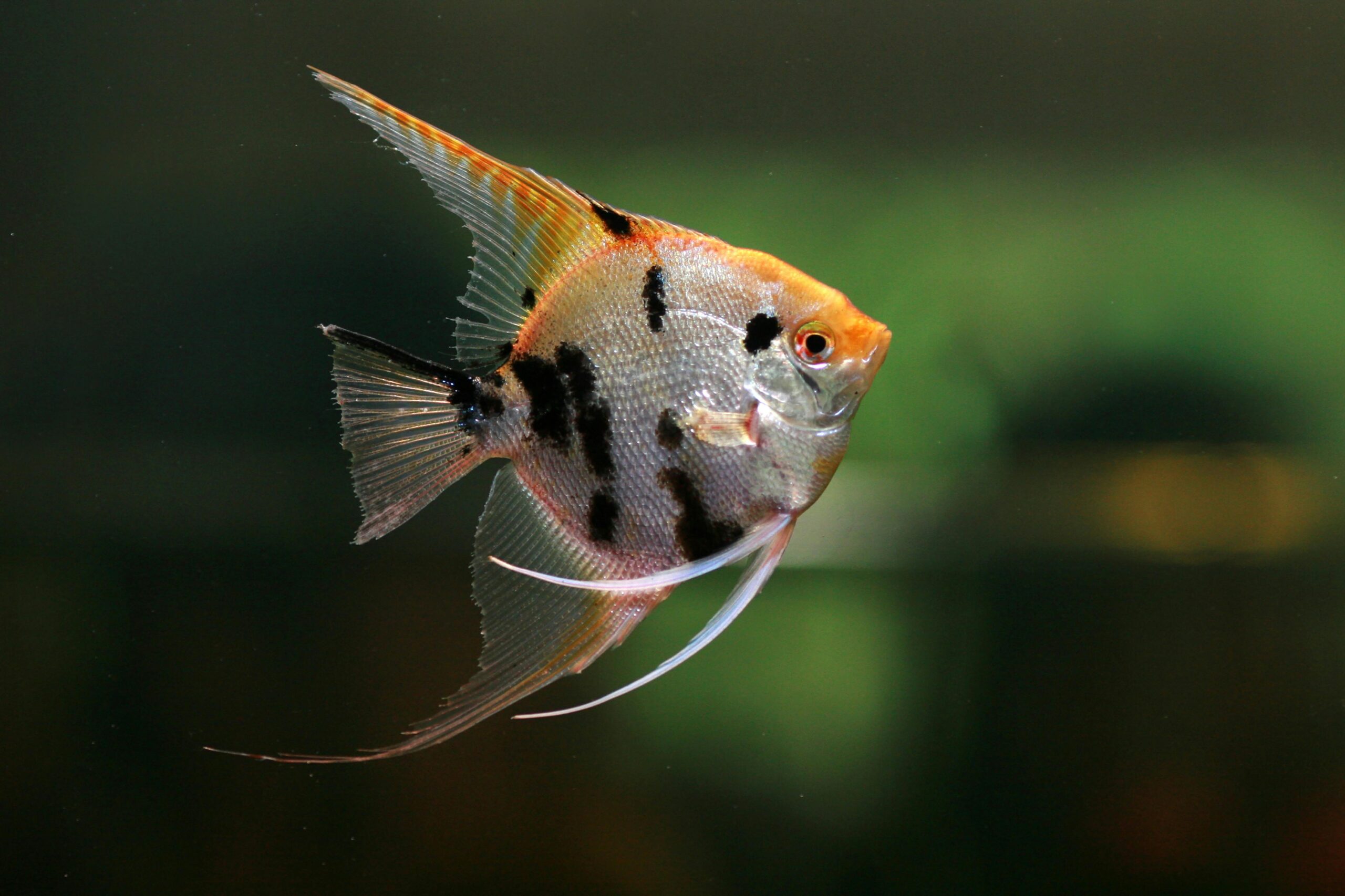Essential Guide to Tetra Fish Tank Size for Optimal Health in 2025
Setting up an ideal home for your tetra fish is crucial for their health and happiness. As you begin your journey into the colorful world of tetra fish, understanding the correct tank size is a fundamental aspect of providing them with a suitable habitat. In 2025, with advanced techniques and growing knowledge in aquaristics, it’s essential to grasp how to create an optimal environment for these delightful fish.
In this guide, we will cover everything from the right tank size for your tetras to their care, feeding, and compatibility with other species. Additionally, we’ll explore the best practices for maintaining water quality and environment that ensure your tetras thrive. By understanding the importance of tank size and other influencing factors, you’ll be better equipped to create a thriving aquarium.
Key takeaways from this article include:
- Understand the optimal tank size for different tetra species.
- Learn about the necessary water parameters and maintenance routines.
- Discover how to choose ideal tank mates for tetras.
- Get insights into feeding and caring for tetras effectively.

Choosing the Right Tank Size for Tetras
When it comes to tetra fish, selecting the proper tank size directly influences their well-being and longevity. Tetras are schooling fish, meaning they do best in groups, which requires more space. For smaller species, such as neon tetras or glowlight tetras, a tank of at least 10 gallons is advisable. Conversely, larger tetras like the black neon tetra may need a tank upwards of 20 gallons to accommodate their needs.
Moreover, the size of the tank affects water quality as well. A larger volume of water is inherently more stable and allows for easier maintenance of water parameters crucial for the health of your tetras. Regular water changes, proper filtration, and monitoring conditions are more manageable in larger tanks.
In terms of fish density, a guideline commonly used is one inch of fish per gallon of water, which gives a basic idea about how many tetras can comfortably inhabit the tank. However, these guidelines can vary based on species and additional tank residents.
Understanding Tank Requirements for Different Tetra Species
Each tetra species has distinct requirements when it comes to tank size and environment. Neon tetras, for instance, thrive in groups of at least six and require a minimum tank size of 10 gallons. Cardinal tetras, slightly larger, also prefer spacious environments, while keeping larger species like the malawi tetra benefits from a tank at least 20 gallons.
Understanding these distinctions helps create a suitable habitat. It’s also essential to consider decorations, plants, and hiding spots that provide safety and comfort to your tetras.

Importance of Tank Cycling for Tetra Fish
Cycling the tank before introducing your tetras is essential for ensuring a healthy habitat. The tank cycling process establishes beneficial bacteria that help break down waste products, maintaining stable water conditions. Not only does this protect your tetras from harmful ammonia spikes, but it also contributes to a thriving and balanced ecosystem.
To cycle a tetra tank, consider the following steps:
- Add a source of ammonia, such as pure ammonia or fish food, to start the cycle.
- Monitor ammonia levels with water test kits and wait for beneficial bacteria to establish.
- Once ammonia levels are down to zero, introduce your tetras gradually.
Proper tank cycling ensures your tetras enter a stable environment, reducing the stress of acclimatization and increasing their chances of thriving.
Optimal Water Parameters for Tetras
The success of your tetra care hinges on maintaining optimal water conditions. Tetras generally prefer soft, slightly acidic water with a pH ranging from 6.0 to 7.5. The ideal temperature range is between 72°F to 78°F, and you should consistently test for water hardness and nitrate levels.
It’s also crucial to check the ammonia and nitrite levels regularly, as these can rapidly influence your tetras’ health. Performing partial water changes weekly helps keep toxicity levels low and ensures that your fish remain healthy.
Feeding Your Tetras: Best Practices
Feeding tetras involves providing a varied diet for balanced nutrition. Quality flake food, frozen or live food, and vegetable matter form the backbone of a well-rounded diet. It’s vital to avoid overfeeding, which can lead to poorly maintained water quality and health issues among the fish. A common schedule is to feed small amounts two to three times a day.
Knowing the dietary needs of different species is essential – some tetras may prefer more protein-rich diets while others blooming on plant-based options. For instance, neon tetras benefit from high-quality flakes, while tank mates like shrimp can thrive on algae wafers.
Aquarium Maintenance Routines
Keeping tetras healthy requires an efficient maintenance routine. Beyond frequent water testing, regular maintenance such as cleaning the substrate, checking filter systems, and managing algae growth is essential. This routine should include:
- Weekly water changes of about 20-30%.
- Monthly assessments of filter performance and cleaning to avoid blockage.
- Regularly checking tank decorations and plants for debris.
A conscientious maintenance regimen can significantly improve the long-term health of your tetras.
Choosing the Best Tank Mates for Tetras
Tetras can make excellent community fish if housed with compatible tank mates. Ideal companions include small, peaceful species such as corydoras and certain types of dwarf shrimp. Avoid combining them with aggressive or larger fish species that could stress or prey on the tetras.
Understanding Tetra Fish Behavior and Social Needs
Recognizing their schooling behavior is crucial; tetras should ideally be kept in groups of at least six to feel secure and exhibit natural behaviors. Observing their interactions can provide insights into their health and happiness.
Understanding their moods, based on swimming patterns and social interaction, can help owners troubleshoot any issues. If tetras appear lethargic or reclusive, it may indicate stress from environmental factors or tankmates.
Exploring Breeding Possibilities with Tetras
Breeding tetras can be both rewarding and challenging. Providing a separate breeding tank with proper hiding spaces, controlled conditions, and appropriate pairings can lead to successful spawning. Understanding the signs of breeding readiness and providing the right food mixture for fry growth are crucial for successful breeding.
Frequently Asked Questions
How many tetras can I keep in my tank?
It’s generally safe to follow the guideline of one inch of fish per gallon of water. For neon tetras, a school of six should be placed in at least a 10-gallon tank.
What are the best plants for a tetra tank?
Live plants like java moss, hornwort, and anubias provide both aesthetics and practical benefits for tetras, offering hiding spots and improving water quality.
What common illnesses do tetras face?
Tetras can be prone to common diseases such as ich and fin rot. Maintaining stable water parameters and a proper diet helps mitigate these issues.
Can shrimp live with tetras?
Yes, certain shrimp species can coexist with tetras, fostering beneficial dynamics in community tanks.
How often should I change the water in my tetra tank?
Routine water changes of 20-30% weekly are recommended to maintain quality, reduce toxins, and support overall health.
